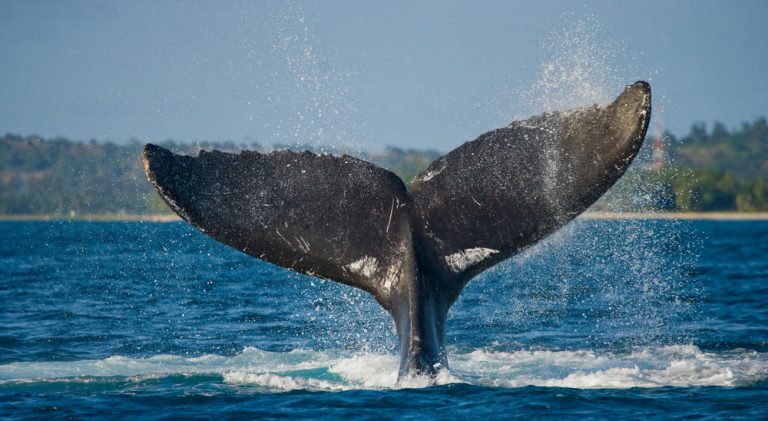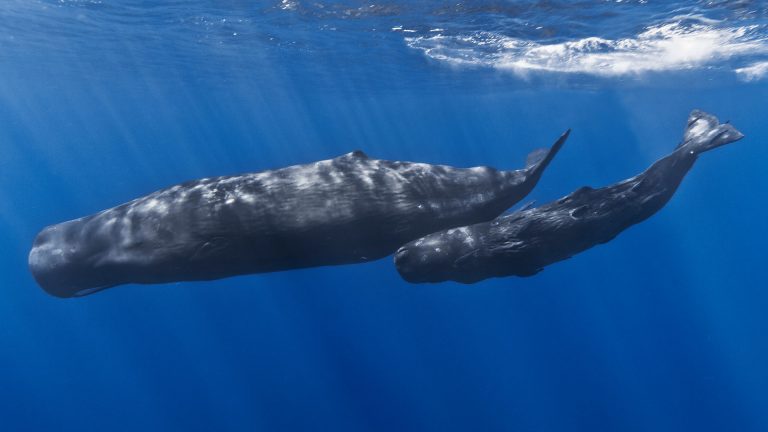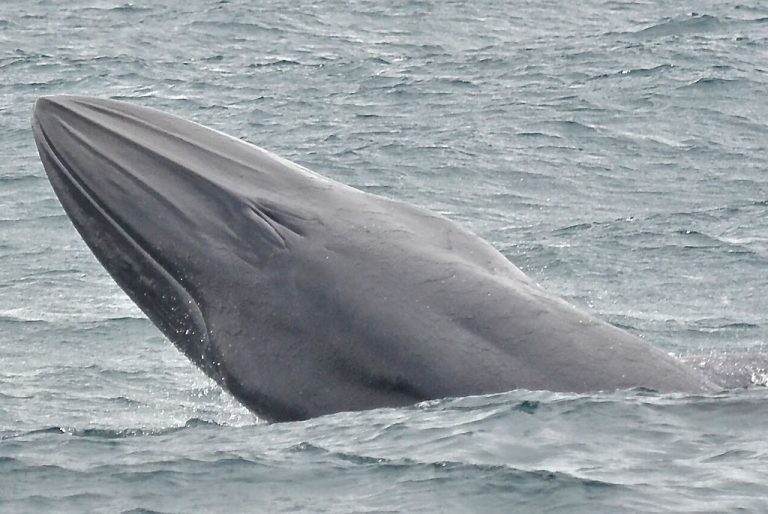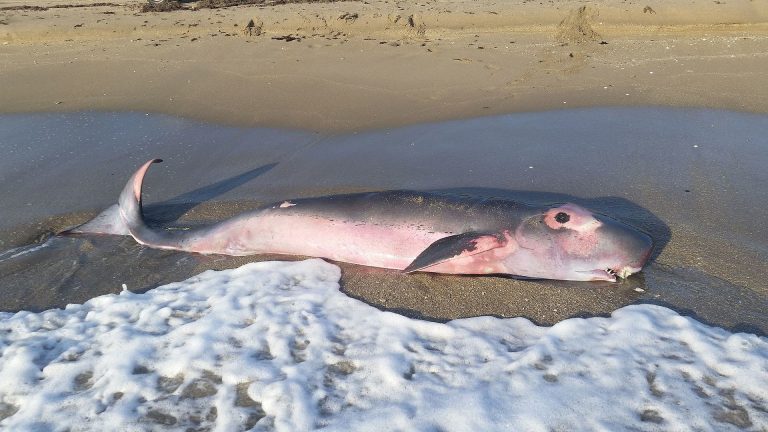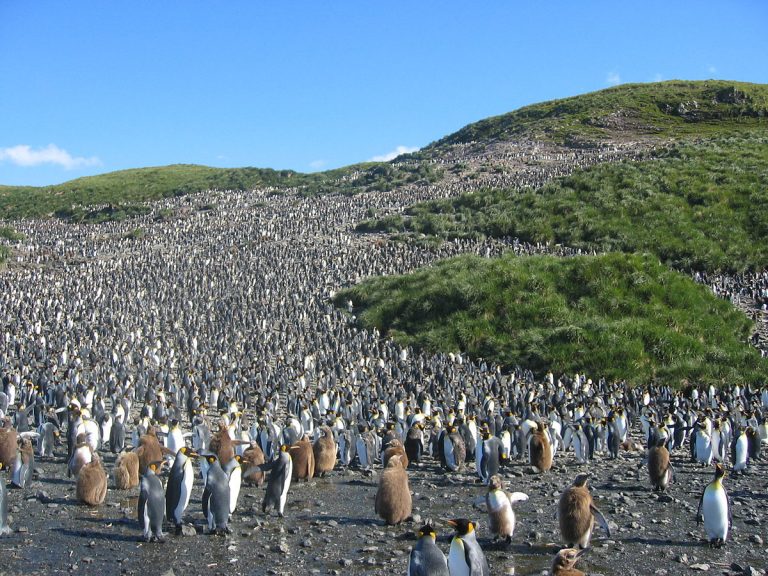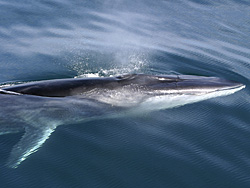Species Profile: The Common Minke Whale
The Common Minke Whale is the smallest in its suborder and is known for “human watching.”
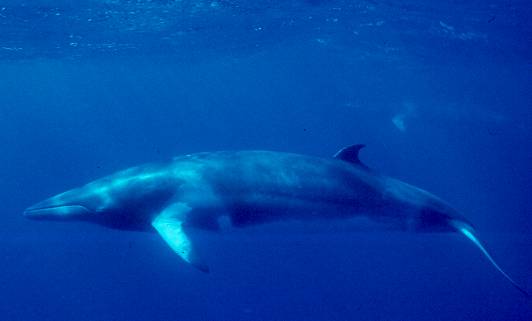
The Common Minke Whale is one of two species of minke whales both within the suborder of baleen whales.
This whale is the second smallest in size among the baleen whales. The pygmy right whale is the only one that’s smaller. It has a blackish-gray and sometimes purple color with white underbelly. A white band on each flipper distinguishes the common minke whales from others of its kind.
The common minke whale was initially ignored by commercial whalers during the whaling era because of its small size and relatively low oil yield. However, by the time hunting had decimated the populations of the more “popular” whales, whalers now turned their attention to it mainly for its meat.
Populations today are stable and the IUCN lists the Common Minke Whale as a Least Concern species.
1) Scientific Name
Balaenoptera Acutorostrata
2) Scientific Classification:
- Kingdom: Animalia
- Phylum: Chordata
- Class: Mammalia
- Order: Cetacea
- Family: Balaenopteridae
- Genus: Balaenoptera
- Species: Balaenoptera acutorostrata
3) Life Expectancy
Minke whales typically live for 30 to 50 years though some live as long as 60 years.
4) Average/Maximum Length
Maximum lengths recorded range from 9.1 to 10.7 meters (30 to 35 feet) for females and 8.8 to 9.8 meters (29 to 32 feet) for males.
5) Average/ Maximum Weight
Up to 10 tons (9.8 long tons).
6) Maximum Swimming Speed
Common minke whale swimming speed is up to 38 km/h (24 mph).
Common minke whales are frequently inquisitive about people and will indulge in “human-watching”.
7) Interaction With/Danger To Humans
-
Whaling
Hunting of minke whales dates back to the 11th century although they were considered too small for much financial gain. That changed by the late 19th century when other larger whales such as the Sei whale (Balaenoptera Borealis), the Fin whale (Balaenoptera Physalus), and the Blue Whale (Balaenoptera Musculus) gradually became scarce.
Hunters from several countries including Brazil, Canada, PRC (China), Greenland, Japan, Korea, Norway, and South Africa went after them in large numbers. And the situation remained the same till the IWC ban on whaling in 1986. As a result, most hunting of minke whales stopped.
However, Japan still hunts some under their scientific research program. This scientific research program remains highly controversial and conservation organizations and several governments believe it’s a cover for commercial whaling. For instance, in 2006 alone, Japan captured 505 Antarctic minke whales for “research.”
Similarly, Norway, Iceland, and South Korea still capture minke whales for several reasons.
-
Captivity
A Japanese establishment tried several times to hold the common minke whale in captivity without success. Specifically at the Mito Aquarium in Shizuoka. The enclosure was a square pool netted off from the sea.
The first common minke whale so held refused to eat for half of the three months it stayed there back in the mid-1930s. The next captive was a weeks-old calf. Unfortunately, it only survived for two weeks in May 1954 before it died.
Another captive of the same species was held in November 1955. But it also refused to eat. Instead it kept swimming in a counter-clockwise circle round the enclosure for 37 days. Eventually, it was able to breake through the nets and escape on the morning of 2nd January 1956.
-
Whale Watching
Their abundant numbers makes them a primary focus for whale watchers wherever these mammals live. You can find whale watching cruises from many places. For example, from the Isle of Mull in Scotland, County Cork in Ireland, and Húsavík in Iceland.
Interestingly, the common minke whale too is quite curious about humans and will indulge in “human watching” by peeking out of the water to watch people on boats around it.
Though, quite unlike more acrobatic species like the Humpback whale (Megaptera Novaeangliae), both species of minkes don’t raise their fluke out of water. They also hardly ever breach.
There’s a popular story that the Minke whales got their common name from that of a young Norwegian whale-spotter who harpooned one. He mistook it for a blue whale and the rest of the ship crew named the whale after him to make fun of him.
8) Reproduction Details
Their gestation period is 10 months, after which the newborns nurse for 5 to 10 months. The newborns typically measure between 2.4 and 2.8 meters (7.9 to 9.2 feet).
The breeding season for these whales peaks during the summer months and female produce calves every two years.
9) Diet/Hunting Pattern Of The Common Minke Whale
Common minke whales are known to prefer fish but they will also eat pelagic crustaceans and cephalopods (like squid and octopus).
They hunt mainly in three ways in the presence of schooling fish and other prey; entrapment maneuvers, engulfment (filter feeding) maneuvers, and a combination of both entrapment/engulfment maneuvers.
Minke whales will take deep breathes then stay submerged for up to 20 minutes. Especially if they sense danger. Whalers hated this habit and named the animals “stinky minkes” out of frustration.
10) Alternative Names
- Northern Minke Whale
- The Little Piked Whale
- Lesser or Least Rorqual
- Sharp-headed Finner
11) Population And Conservation Status
These whales are relatively abundant and current population estimates put them at about 209,800.
The IUCN lists the Common Minke Whale as a Least Concern species.
12) Ancestry And History
There are presently two recognized species of minke whales; the Common minke whale (or northern minke whale) and the Antarctic minke whale (or southern minke whale).
Both species are rorquals – the largest family of baleen whales.
The two species are genetically alike and there are reports of hybrid offspring between the common and Antarctic minke.
As mentioned before, they got their common name from a young whaler named Meincke, after he mistook one for a blue whale.
13) Distribution and Habitat
You can find them in oceans all over the world. Although they seem to prefer cooler temperatures around coastal and inshore waters. They are less common in tropical waters.
During the winter months, they will migrate toward warmer waters and repeat their journey in summer back towards the poles. Despite that, some populations remain in the same waters all through the year.
They are commonly seen in parts of Scotland, Ireland, eastern Canada, New England, Iceland, off South Africa, Australia, New Zealand, New Caledonia, and the eastern coast of South America.

